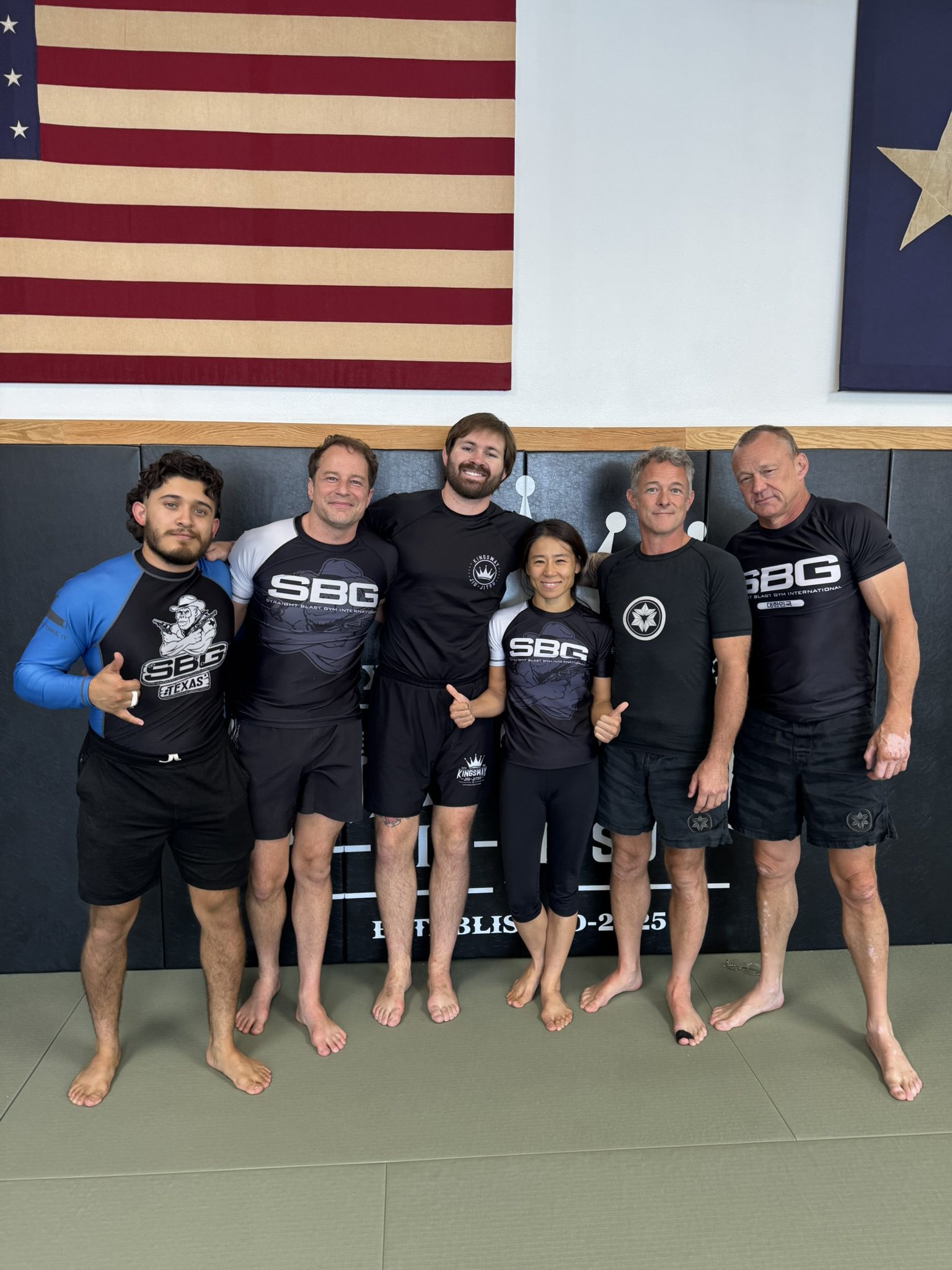I just published a new article over on BJJ Fanatics for anyone who has considered opening their own BJJ school but isn’t sure if it’s the right fit.
I share my insights to help you avoid some of the challenges I faced and, more importantly, offer a framework for building the gym that’s right for you. Hope it helps!

